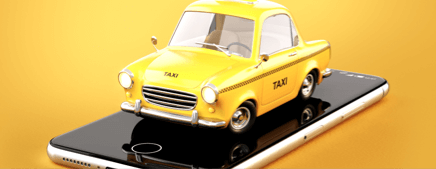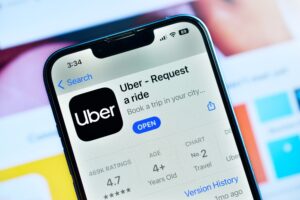Building an App Like BlaBlaCar: A Comprehensive Guide
In the modern transportation landscape, ridesharing and carpooling have emerged as popular alternatives to traditional car ownership and taxi services. These services allow individuals to share rides, split costs, and contribute to a more sustainable environment by reducing the number of vehicles on the road.
Ridesharing typically refers to services like Uber and Lyft, where drivers offer rides to passengers for a fee. Carpooling, on the other hand, involves sharing rides with others heading in the same direction, often on a cost-sharing basis. One of the market leaders in carpooling is BlaBlaCar.
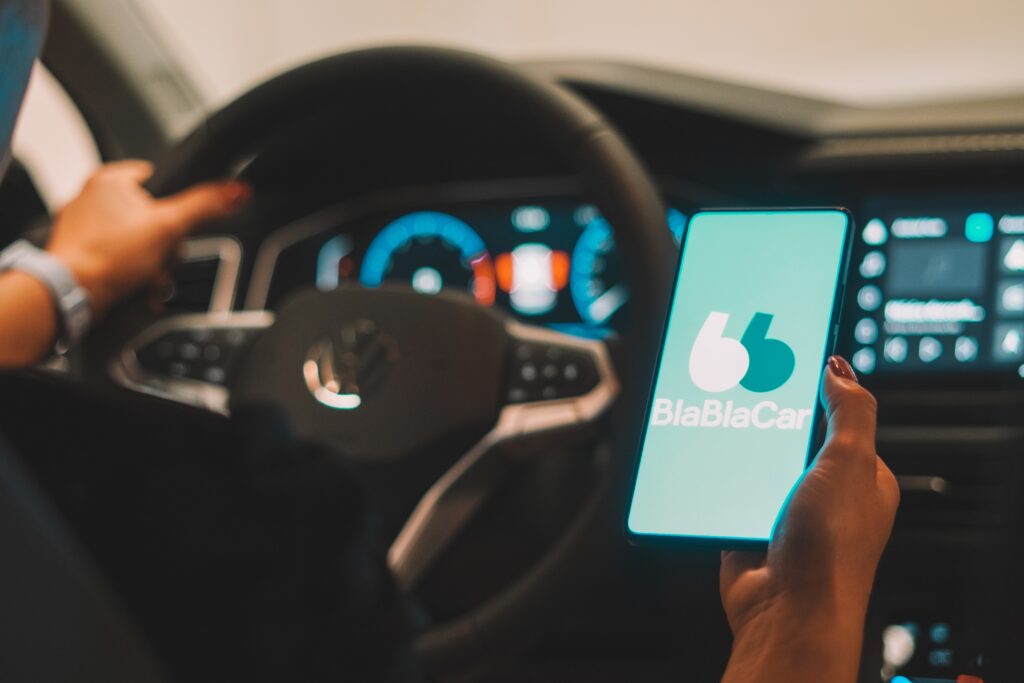
BlaBlaCar: An Overview of a Market-Leading Carpooling App
BlaBlaCar, a French online marketplace for carpooling, connects drivers with empty seats to passengers traveling the same route. Founded in 2006, the platform has grown to serve millions of users across numerous countries. BlaBlaCar stands out due to its user-friendly interface, robust safety features, and a strong community of users who value cost-effective and eco-friendly travel options.
How BlaBlaCar App Works
The BlaBlaCar app operates on a simple yet effective model:
- Driver Registration and Posting: Drivers register on the platform and post details of their upcoming trips, including departure and arrival locations and time. They also specify the available seats and the cost per seat.
- Passenger Search and Booking: Passengers search for rides that match their travel plans and compare prices and reviews. Then, they book a seat.
- Communication and Coordination: The app facilitates communication between drivers and passengers to coordinate pick-up and drop-off points.
- Payment and Review: Payments are typically handled through the app, ensuring security and convenience. After the ride, both drivers and passengers can rate each other, fostering trust within the community.
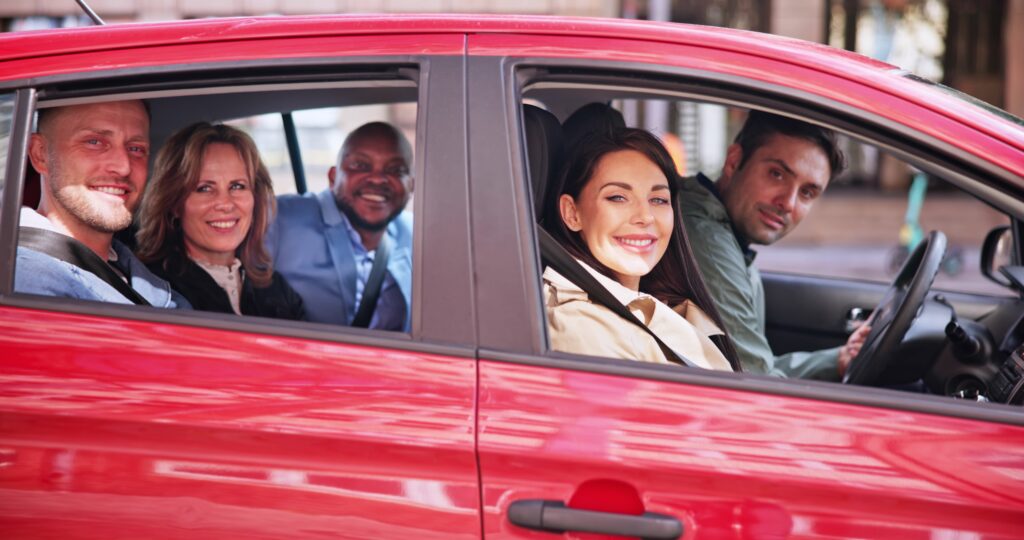
Why Create a Carpooling App Like BlaBlaCar?
Creating a carpooling app like BlaBlaCar can be a lucrative venture due to several reasons:
- Market Demand: With increasing urbanization and traffic congestion, there is a growing demand for efficient carpooling solutions.
- Environmental Impact: Carpooling reduces the number of vehicles on the road, contributing to lower emissions and less traffic congestion.
- Cost Efficiency: It offers an economical travel option for passengers and an additional income stream for drivers.
- Community Building: Carpooling apps foster a sense of community among users who share similar travel preferences and routes.
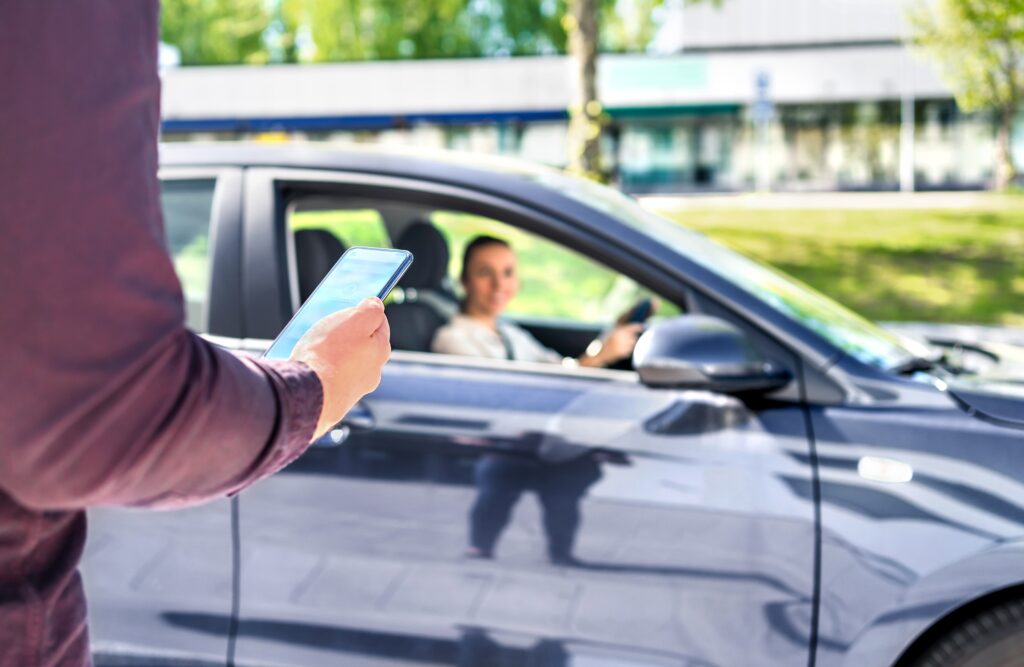
Also read, Car Rentals: Sustainable Green Initiatives That Save Money!
Features to Include in the BlaBlaCar Clone App
To create a successful carpooling app like BlaBlaCar, consider incorporating the following features:
- User Registration and Profiles: Secure and easy sign-up process with profile creation for drivers and passengers.
- Ride Posting and Search: Intuitive interfaces for drivers to post rides and passengers to search and book them.
- Payment Integration: Secure payment gateways for hassle-free transactions.
- Ratings and Reviews: A system for users to rate and review each other after rides.
- Messaging System: In-app communication for ride coordination.
- Real-time Tracking: GPS tracking for live location updates.
- Safety Features: Identity verification, ride-sharing history, and emergency contacts.
- Notifications: Alerts for ride confirmations, reminders, and updates.
Technology Stack for Carpooling App Development
Building a robust carpooling app requires a reliable technology stack, including:
- Frontend: React Native or Flutter for cross-platform app development.
- Backend: Node.js or Django for server-side operations.
- Database: MongoDB or PostgreSQL for data storage.
- Payment Gateway: Stripe or PayPal for secure transactions.
- Real-time Communication: Socket.io or Firebase for real-time messaging.
- Geolocation: Google Maps API or Mapbox for location tracking.
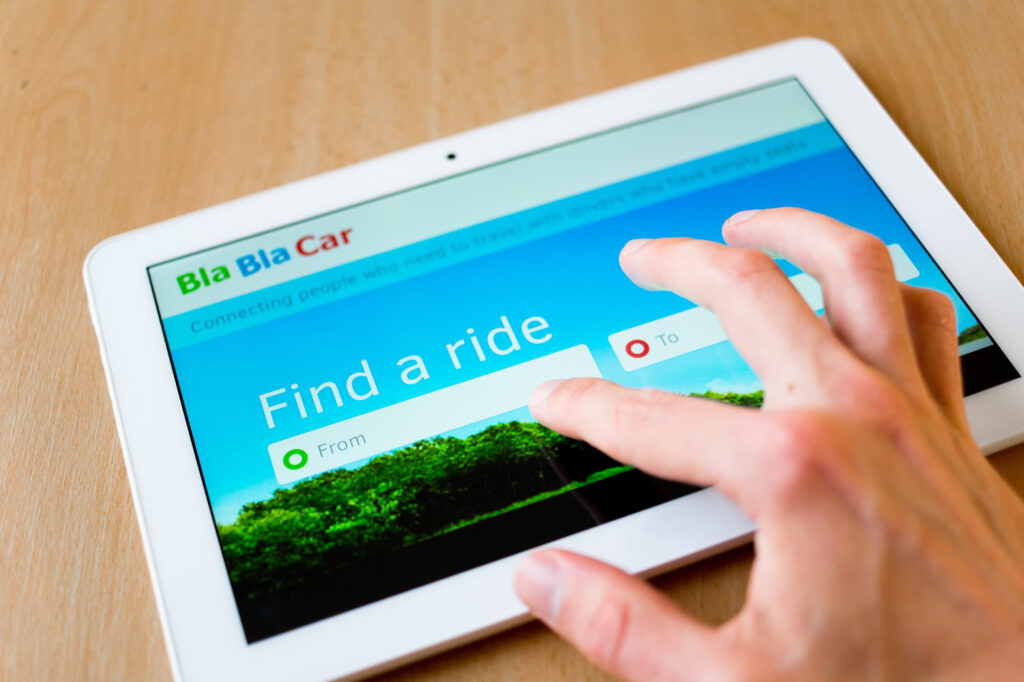
How to Build an App Like BlaBlaCar?
Developing an app like BlaBlaCar involves several key steps:
- Market Research: Understand the target audience, market needs, and competition.
- Define Features and Scope: Outline the app’s features and functionalities based on user requirements.
- Choose Technology Stack: Select the appropriate technologies for frontend, backend, and database.
- Design UI/UX: Create an intuitive and user-friendly design.
- Develop MVP: Build a Minimum Viable Product (MVP) to test core functionalities.
- Testing: Conduct thorough testing to identify and fix bugs.
- Launch and Marketing: Deploy the app-on-app stores and implement a marketing strategy to attract users.
- Gather Feedback and Improve: Continuously collect user feedback and update the app with new features and improvements.
How Jugnoo Can Help You
Jugnoo’s car rental software offers a powerful solution for your business, standing out from the crowd with its unique features. Here’s how Jugnoo can benefit you:
- Highly Customizable: Jugnoo’s software prioritizes flexibility. You can completely tailor it to your specific needs and brand identity, ensuring a perfect fit for your operation.
- Effortless Scalability: As your business grows, Jugnoo’s software easily scales up to meet your expanding demands. No need to worry about software limitations hindering your success.
- Robust Technology: Built on a reliable foundation, Jugnoo guarantees a smooth and seamless experience for both you and your customers.
- Expert Customization: Jugnoo’s team of specialists is here to help! Just tell them your specific requirements, and they’ll work tirelessly to deliver a customized solution that exceeds your expectations.
Also Watch,
With Jugnoo, building an app like BlaBlaCar becomes a streamlined process, leveraging their robust technology, scalability, and expert customization. This ensures that your business needs are met, creating a seamless carpooling experience for your users.

